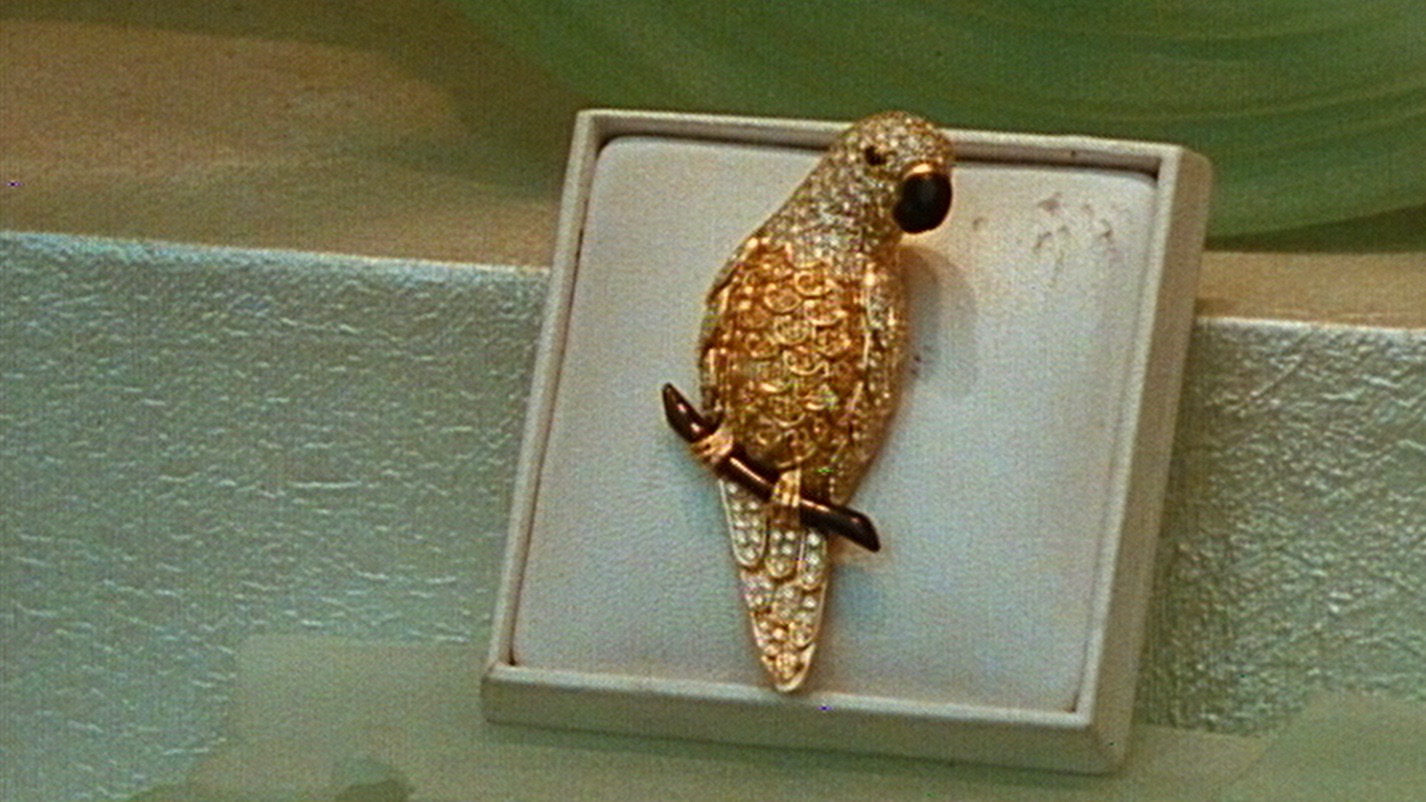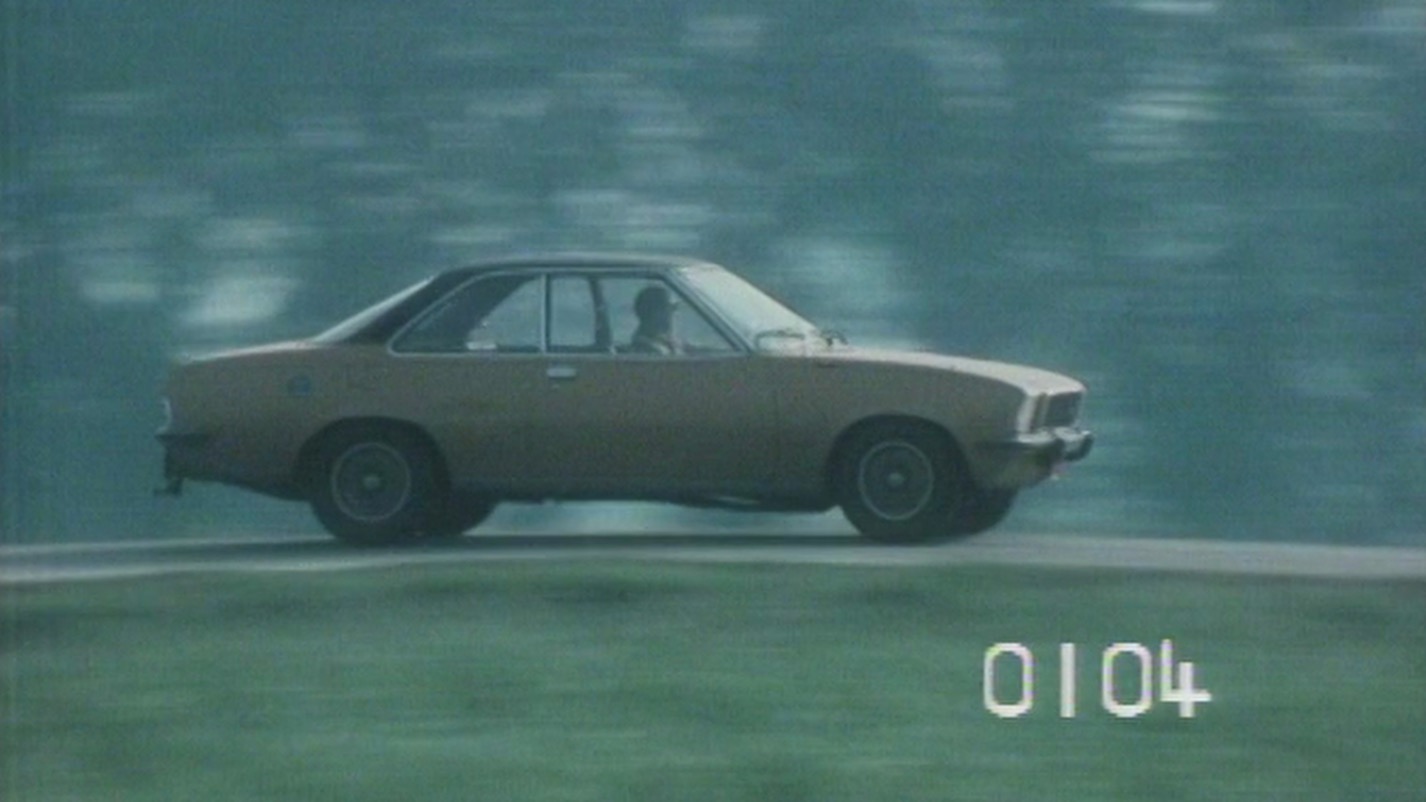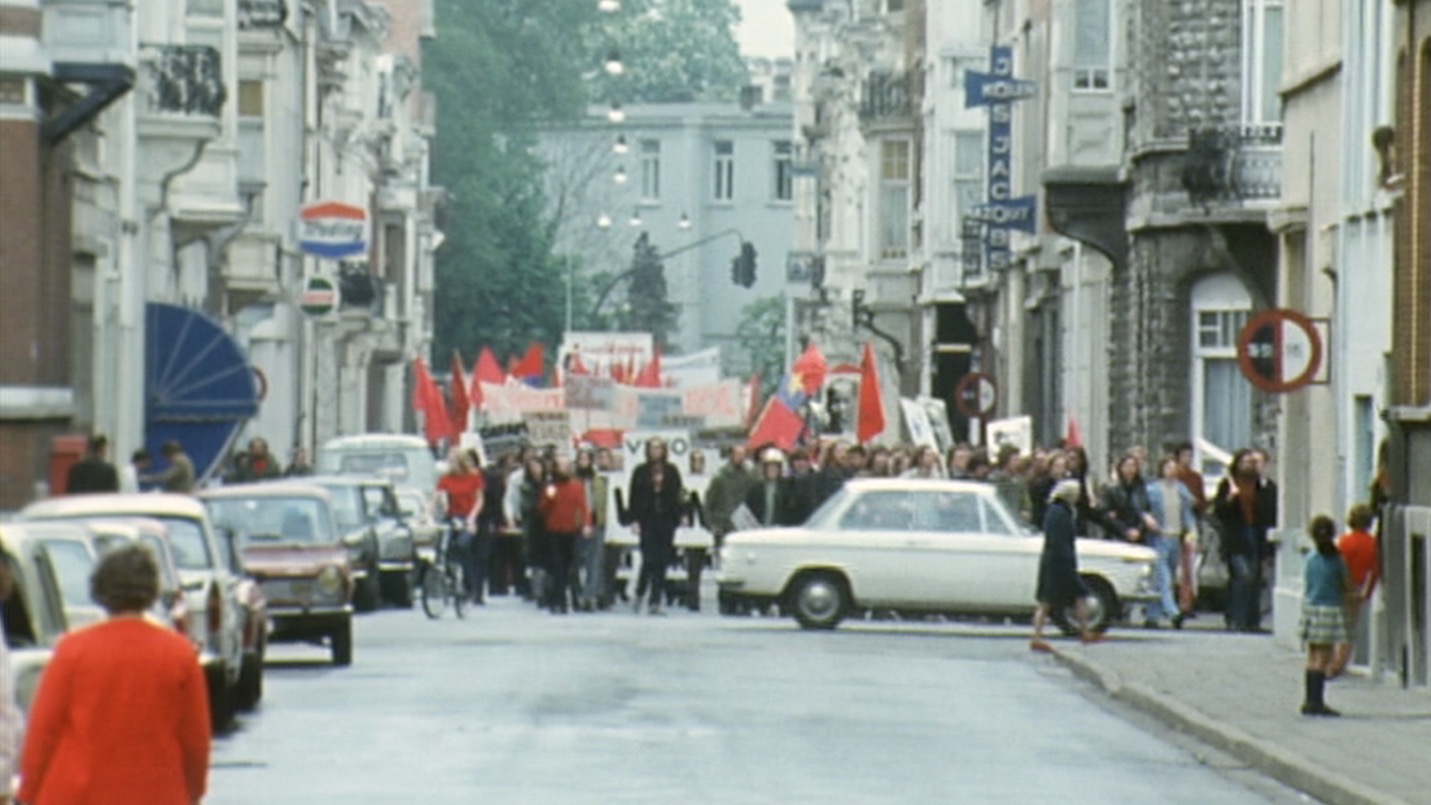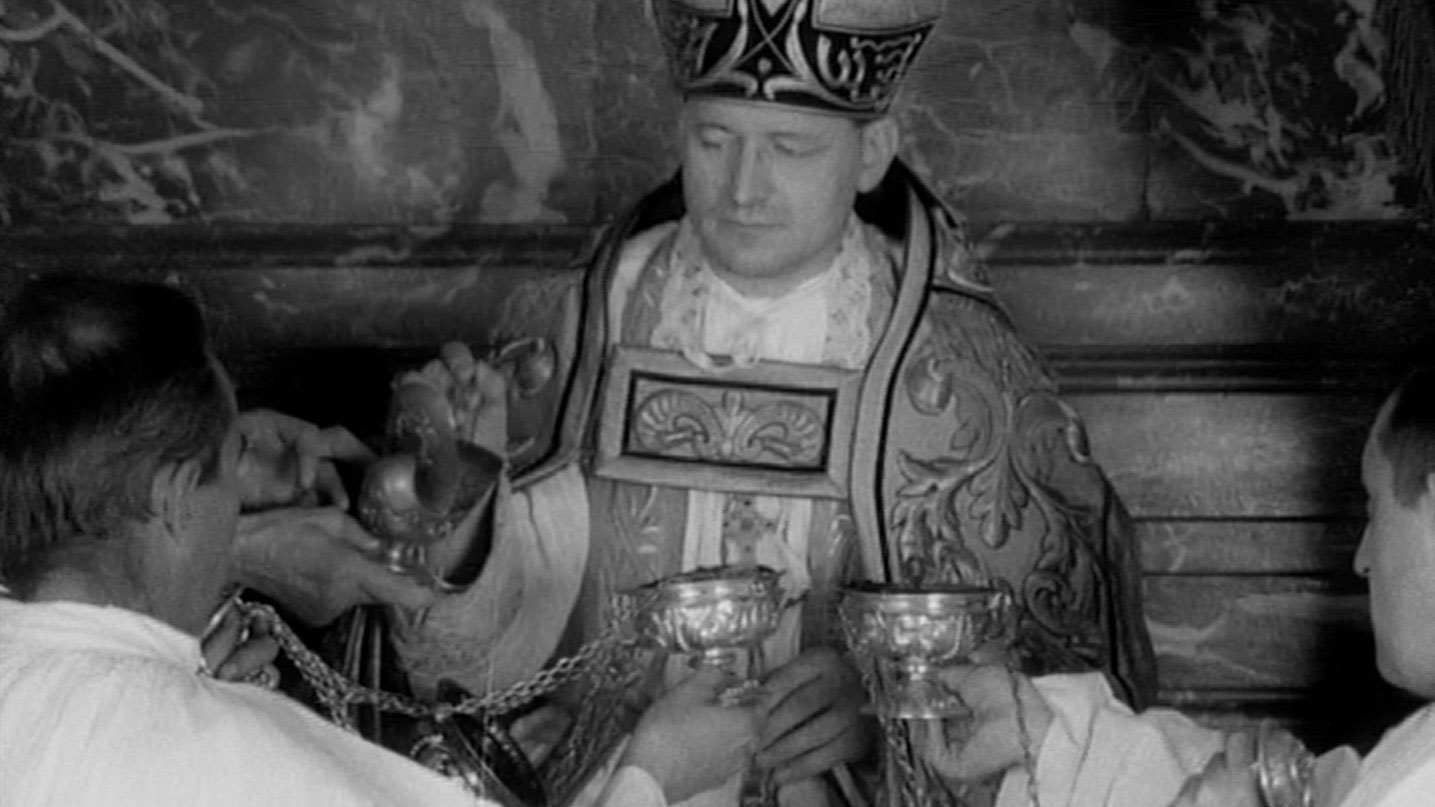↓
Jef Cornelis
Jef Cornelis (Belgium, 1941) studied at the Dutch Film Academy in Amsterdam, where he graduated in 1961. He subsequently returned to Belgium, where he worked for the Belgian Radio and Television Broadcasting Company (BRT). In 1963, while serving as an assistant to Mark Liebrecht, he was offered the opportunity to produce a TV adaptation of the opera Parking. He subsequently directed a television documentary on the Alden Biesen Castle, followed by two more documentaries on historic buildings, including his Abdij van Park Heverlee (1964). In the following years, he formed a production team with the architecture critic Geert Bekaert, with whom he made a number of films about architecture and urban development, including De Straat (1972) and Rijksweg N1 (1978).
After Georges Adé joined the production duo, they co-directed several short films about art for television in the late 1960s and early 1970s, including Sonsbeek buiten de Perken (1971) and Documenta V (1972). In the late 1970s and early 1980s, Cornelis made a number of films about Flemish and Dutch writers, including Daniël Robbrechts (1981) and Jacq Vogelaar (1981).
From 1982 onwards he made various items for the current affairs program Kunstzaken. Ijsbreker, perhaps Cornelis’ largest project, was a monthly live art program begun in early 1983 and running for a total of two years. In following years, he made a number of films about the visual arts (including Paris Biennale (1985) and Münster Sculpture Projects (1987), before returning to live television in 1988 with Container, cancelled one year later after a barrage of criticism. His later work was mostly co-written with philosopher Bart Verschaffel and sociologist Rudi Laermans (Voyage à Paris (1993) and Brussel, scherven van geluk (1995).
In 1998, Jef Cornelis was forced to leave the BRT in early retirement, bringing an end to a hugely productive career covering four decades and spanning more than a hundred films.
Using letters from famous visitors to Paris - Charles Baudelaire, Walter Benjamin, Rainer Maria Rilke - the magical image of the city of lights is linked to that of a banal consumerism. A visual essay about the experience of observing and being observed in a Paris with many faces.
The national highway N1 connects Antwerp and Brussels, but at the same time separates the worlds on either side of the highway. The impact of the first national highway in Belgium is portrayed in grandiose scenery.
An ode to the street which once was, as an open place where people lived and played. But an equally vivid case against the street which has degenerated into a mere locus for traffic.
A portrait of the Norbertijnenabdij in Heverlee, made for television. The camera slides along walls and balustrades, treads carefully on stairs and portrays the daily life of the monks.



